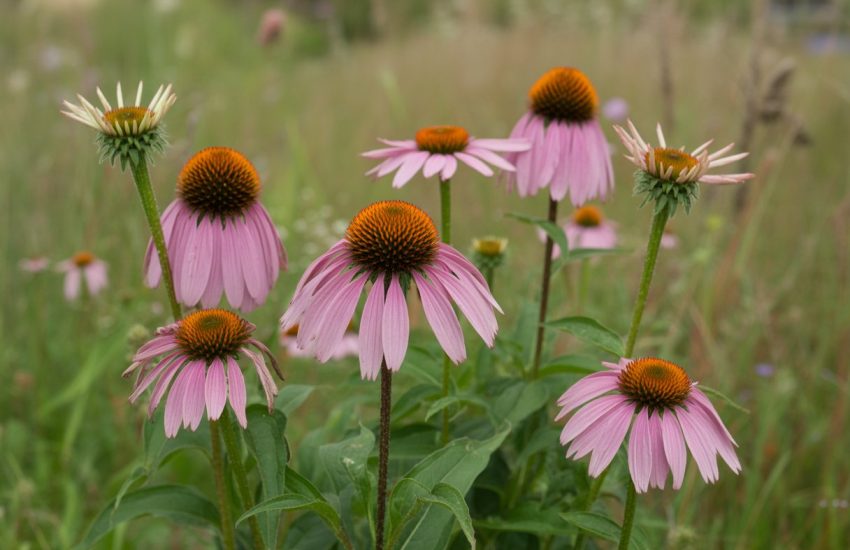Types of Pine Trees in PA: A Guide to Pennsylvania’s Native Pine Species
Pennsylvania is home to a wide variety of tree species, including several types of pine trees. These conifers can be found throughout the state, from the forests of the Poconos to the rolling hills of the Appalachian Mountains. Each type of pine tree has its own unique characteristics, making them interesting to study and identify.

One of the most common types of pine trees in Pennsylvania is the Eastern White Pine. This tall, straight tree can reach heights of up to 150 feet and is known for its soft, flexible needles and large cones. It is a popular choice for landscaping and is also used for lumber and paper production.
Another type of pine tree found in Pennsylvania is the Red Pine. This tree is easily identified by its reddish-brown bark and long, slender needles. It is typically found in sandy soils and is often planted for reforestation purposes. While not as common as the Eastern White Pine, the Red Pine is still an important part of Pennsylvania’s forest ecosystem.
Common Pine Trees of Pennsylvania
Pennsylvania is home to several species of pine trees, each with unique characteristics that make them easily identifiable. Here are some of the most common pine trees found in Pennsylvania:
Eastern White Pine
The Eastern White Pine (Pinus strobus L.) is one of the tallest trees found in the eastern United States, reaching up to 230 feet in height. The tree has a straight trunk with a narrow crown and needle-like leaves that grow in bundles of five. The bark of the tree is gray and smooth when young, but becomes rough and scaly with age. The cones of the Eastern White Pine are long and slender, measuring up to 8 inches in length.
Pitch Pine
The Pitch Pine (Pinus rigida) is a medium-sized conifer that grows up to 60 feet tall. It has a twisted trunk and branches, and needle-like leaves that grow in bundles of three. The bark of the tree is dark brown and scaly. The cones of the Pitch Pine are small and egg-shaped, measuring up to 3 inches in length.
Red Pine
The Red Pine (Pinus resinosa) is a tall, straight tree that can grow up to 80 feet tall. It has needle-like leaves that grow in bundles of two, and the bark of the tree is reddish-brown and scaly. The cones of the Red Pine are small and egg-shaped, measuring up to 2 inches in length.
Virginia Pine
The Virginia Pine (Pinus virginiana) is a small to medium-sized tree that grows up to 60 feet tall. It has needle-like leaves that grow in bundles of two, and the bark of the tree is reddish-brown and scaly. The cones of the Virginia Pine are small and egg-shaped, measuring up to 2 inches in length.
Overall, these pine species are coniferous, evergreen trees that are easily identifiable by their needle-like leaves, bark, and cones. They are an important part of Pennsylvania’s ecosystem and provide shelter for wildlife.
Uses and Ecology

Economic Importance
Pine trees are economically important in Pennsylvania due to their use in various industries. The softwood lumber of pine trees is used in construction, furniture, and pulp production. The wood is also used as firewood and for timber. The resinous trees are also used for pulpwood, which is used to make paper products. Pine needles are used as a natural mulch, and the trees are also grown for Christmas trees.
Ecological Significance
Pine trees are ecologically significant in Pennsylvania as they provide habitat and food for many animals, including squirrels and birds. The trees are also important in the ecosystem as they help to stabilize soil and prevent erosion. Pine trees are often found in mixed forests with other trees such as sugar maple and flowering dogwood, adding to the scenery of the Appalachian Mountains.
Pine trees have several unique characteristics that make them versatile. They have long, glossy, and shiny needles that grow in fascicles, and they produce seed cones. The cones of different pine species can vary in shape and size, with ovoid cones in some species and reddish-brown cones in others. Pine trees have smooth or scaly bark, and the cones can be light brown or dark brown.
Prickly pine trees produce sticky resin, which can be used for various purposes. Pine trees can also be used in landscaping, and they require little watering and pruning. Pine trees are resilient to insects and diseases, making them a valuable plant resource.
Overall, pine trees have an irregular crown and are an important part of the Pennsylvania ecosystem. They are a common sight in the state’s forests and add to the beauty of the scenery throughout the seasons. The Journal of Species Information provides detailed descriptions of the different types of pine trees found in Pennsylvania.


